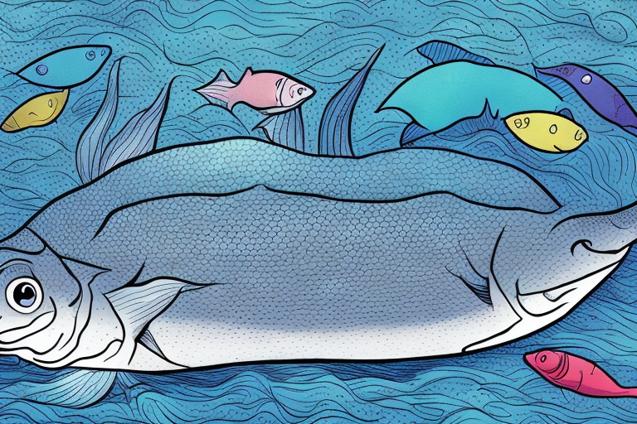
Catching big fish on a small boat is not only a fun and exciting hobby, but it also provides a sustainable and healthy source of protein for your family. Discover 10 tips for maximizing your success and enjoying the many benefits of this unique and adventurous lifestyle.
10 Tips for Catching Big Fish on a Small Boat
Sailing the open seas with your family is an incredible experience, and one of the most rewarding aspects of this lifestyle is the opportunity to catch your own fresh seafood. Fishing and spearfishing are not only fun and exciting hobbies, but they also provide a sustainable and healthy source of protein for your family. In this article, we’ll share 10 tips for catching big fish on a small boat, so you can make the most of your time on the water.
1. Choose the Right Gear
When fishing from a small boat, it’s essential to have the right gear. This includes a sturdy fishing rod, a reliable reel, and strong fishing line. For big fish, consider using a heavy-duty rod and reel combo, as well as braided fishing line with a high tensile strength. Additionally, make sure you have a variety of lures and bait on hand to attract different types of fish.
2. Know Your Target Species
Before you head out on the water, it’s important to know what type of fish you’re targeting. Research the local fish species in the area you’ll be sailing, and learn about their habits, preferred habitats, and feeding patterns. This will help you determine the best fishing techniques, lures, and bait to use, increasing your chances of success.
3. Use a Fish Finder
A fish finder is an invaluable tool for locating fish and identifying underwater structures where they may be hiding. By using a fish finder, you can pinpoint the best fishing spots and increase your chances of catching big fish. There are many portable and affordable fish finders on the market that are perfect for small boats.
4. Learn to Read the Water
Understanding the signs of fish activity on the water’s surface can help you locate big fish. Look for birds diving into the water, as this often indicates a school of fish below. Additionally, keep an eye out for disturbances on the water’s surface, such as jumping fish or baitfish being chased by predators. These signs can help you determine where to cast your line.
5. Use the Right Bait and Lures
Different fish species are attracted to different types of bait and lures. Research the preferred food sources of the fish you’re targeting, and use bait and lures that mimic these natural prey items. For example, if you’re targeting tuna, you might use a lure that resembles a small squid or a live baitfish. Experiment with different bait and lure combinations to see what works best for the fish in your area.
6. Master Different Fishing Techniques
There are many different fishing techniques that can be effective for catching big fish from a small boat. Some popular methods include trolling, jigging, and bottom fishing. Trolling involves dragging lures or bait behind the boat at a slow speed, while jigging involves dropping a weighted lure to the bottom and then quickly retrieving it. Bottom fishing involves dropping bait or a lure to the bottom and waiting for a fish to bite. Experiment with different techniques to find what works best for you and the fish you’re targeting.
7. Be Patient and Persistent
Catching big fish requires patience and persistence. You may need to spend several hours on the water before you hook a big one, so be prepared to put in the time and effort. Keep trying different fishing spots, techniques, and bait combinations until you find what works. Remember, the more time you spend on the water, the better your chances of catching a big fish.
8. Practice Safe Boating
When fishing from a small boat, it’s important to prioritize safety. Always wear a life jacket, and make sure your boat is equipped with the necessary safety gear, such as flares, a first aid kit, and a VHF radio. Additionally, be aware of your surroundings and keep a safe distance from other boats, especially larger vessels that may not see you.
9. Learn to Handle Big Fish
Once you’ve hooked a big fish, it’s important to know how to handle it properly. Use a sturdy fishing net or gaff to bring the fish on board, and be prepared to release it quickly if it’s too large to keep. If you plan to keep the fish, make sure you have a cooler or fish box on board to store it properly. Additionally, learn how to fillet and clean your catch to ensure the freshest and most delicious seafood for your family.
10. Respect the Environment and Local Regulations
As a responsible angler, it’s important to respect the environment and follow local fishing regulations. This includes adhering to size and bag limits, as well as practicing catch and release when necessary. By doing so, you’ll help ensure a healthy and sustainable fish population for future generations to enjoy.
In conclusion, catching big fish from a small boat is an exciting and rewarding experience that can provide your family with fresh, delicious seafood. By following these tips and practicing responsible fishing practices, you’ll be well on your way to becoming a successful angler and enjoying the many benefits of this unique and adventurous lifestyle.